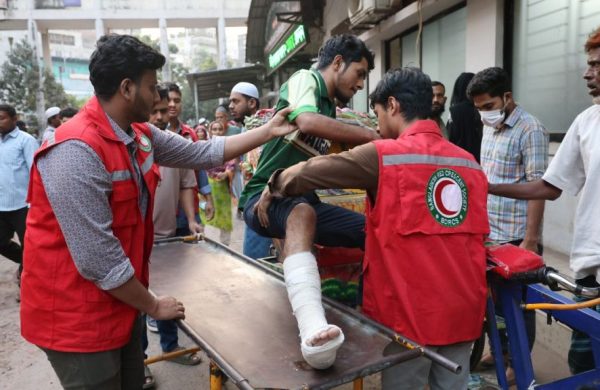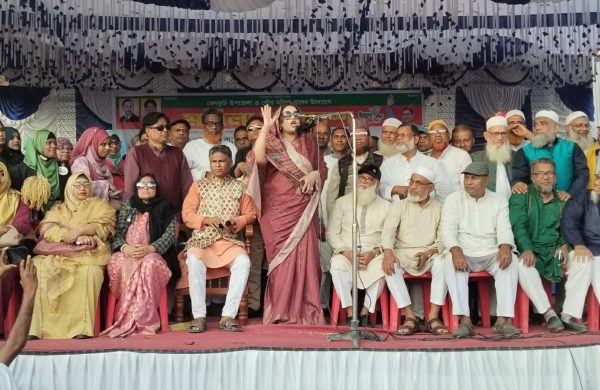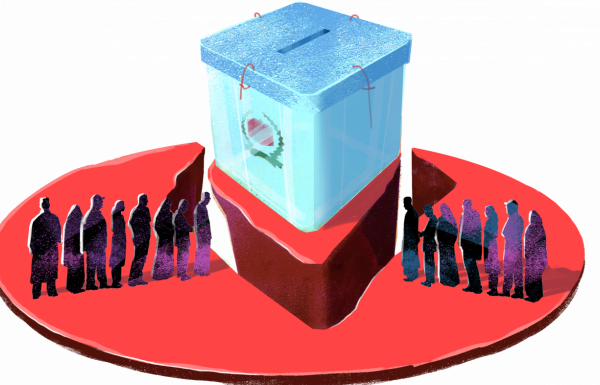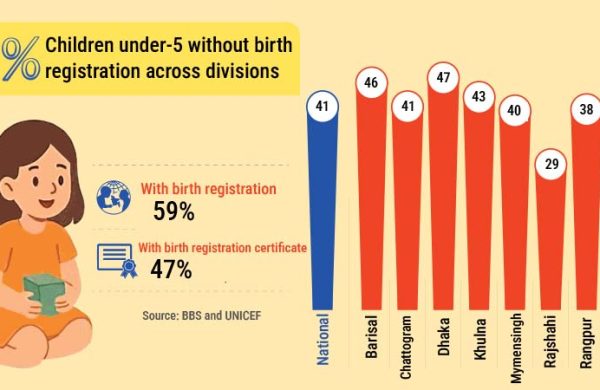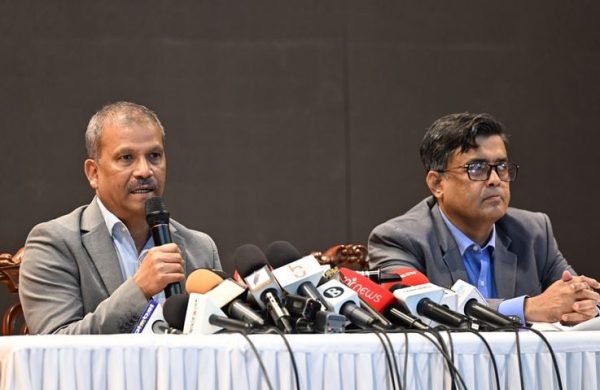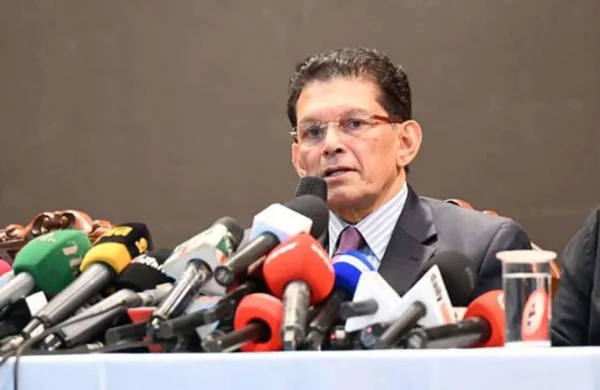Massive 7.2-9 magnitude quake may occur
- Update Time : Saturday, November 22, 2025

TDS Desk:
The earthquake occurred about 30 km northeast of Dhaka, near Narsingdi, at a depth of 10 km on Friday. The area lies within the interaction zone between the Indian Plate and the Burma Plate, known as a subduction zone where one tectonic plate dives beneath another. The latest tremor indicates movement along the Indo-Burma subduction zone, specifically near the edge of a locked segment.
Geological research has long warned that this region has accumulated enough stress to potentially trigger a 7.2 to 9 magnitude earthquake at any time – today, tomorrow, or even decades from now.
The last major quake on this segment occurred roughly 8,000 years ago, meaning a significant event is long overdue.
Friday’s earthquake serves as a serious warning, as it released only a tiny fraction of the massive energy still locked beneath the plates. A far stronger and potentially devastating earthquake remains a real possibility.
This plate system has experienced major quakes before. Within Bangladesh, notable events include the 1918 Sreemangal earthquake (M7), the 2003 Barkal earthquake (M5.6) and another M7+ event in the late 1800s. Nearby regions have experienced even larger quakes, such as the 1897 Great Indian Earthquake and the 1762 Arakan earthquake, which uplifted the land by approximately three metres and displaced the River Meghna 20-40 km westward.
Geological evidence suggests that even earlier, around 2,500 years ago, this region experienced another catastrophic event that displaced the River Padma by about 40 km in Jashore.
The greatest damage could occur in Dhaka, as the city is densely populated and has expanded through largely unplanned and uncontrolled urbanisation. The government remains inadequately prepared and city residents also lack awareness. During the recent tremor, we saw people rushing out in panic, stumbling and running in a chaotic manner.
Before an earthquake, it is essential to understand the necessary preparations. During an earthquake, we should know – within just a couple of steps – how to move to a safe spot. After an earthquake, we must know our responsibilities. Without understanding these duties, we remain extremely vulnerable.
At this point, we can approach this challenge through a natural-hazard-themed game. Today, almost everyone uses smartphones – I believe almost every Bangladeshi, young or old, uses one. If we can transform this widely adopted habit into something positive, we could invite our talented youth to participate in an open competition.
Through such a competition, they could develop a natural hazard awareness game in consultation with us. The game would teach the preparations needed before an earthquake, how to reach a safe spot within seconds during shaking and which places offer the most safety – all integrated into its design. It would also show the responsibilities each person has after an earthquake, what actions to take, how to help others and how to work together.
If we launch such a game, we could raise nationwide earthquake awareness within three to six months. And we should not stop there – regular drills must be practised to build mental resilience.
Had we practised these things earlier, then during today’s earthquake, which is one of the strongest tremors in recent memory, people would not have panicked the way they did. Even senior citizens experienced the unsettling sensation of buildings swaying like trees, something none of us had encountered before.
This traumatic experience will linger for many people for days. If regular drills had been conducted and mental resilience strengthened, this level of distress could have been avoided. And although casualties and damage have occurred, the number of injured or affected could have been far lower.


